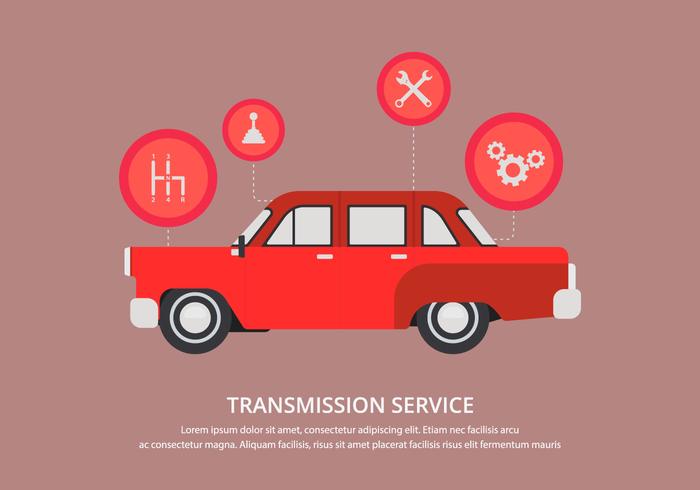Looking For Clarity On The Caution Lights Displayed On Your Vehicle'S Dashboard? Learn Exactly How They Associate With Your Automobile'S Health And Safety
Looking For Clarity On The Caution Lights Displayed On Your Vehicle'S Dashboard? Learn Exactly How They Associate With Your Automobile'S Health And Safety
Blog Article
Team Author-Termansen Corbett
When you lag the wheel, those radiant caution lights on your dashboard can be a bit difficult. Do you know what they're attempting to inform you concerning your vehicle's health? Recognizing the value of these lights is essential for your safety and the long life of your lorry. So, the following time one of those lights turns up, would not you intend to decipher its message accurately and take the essential steps to resolve it?
Common Warning Lights and Interpretations
Determine common caution lights in your vehicle and understand their significances to make certain risk-free driving.
The most regular caution lights include the check engine light, which indicates issues with the engine or exhausts system. If this light begins, it's critical to have your lorry checked promptly.
The oil pressure cautioning light shows low oil stress, requiring immediate interest to avoid engine damage.
A blinking battery light could recommend a faulty charging system, possibly leaving you stranded if not addressed.
https://transmission-oil-change40627.blogacep.com/35453506/want-to-find-out-more-about-the-warning-lights-on-your-control-panel-reveal-what-they-indicate-regarding-your-car-s-health-and-wellness (TPMS) light informs you to low tire pressure, affecting car security and fuel performance. Disregarding this might bring about dangerous driving problems.
The abdominal muscle light suggests an issue with the anti-lock braking system, jeopardizing your ability to quit rapidly in emergencies.
Last but not least, the coolant temperature alerting light warns of engine overheating, which can result in severe damages if not fixed quickly.
Recognizing these common caution lights will certainly help you address issues immediately and preserve risk-free driving conditions.
Significance of Prompt Interest
Understanding the typical warning lights in your auto is just the primary step; the significance of quickly addressing these warnings can't be highlighted enough to ensure your security when driving.
When a warning light illuminates on your dashboard, it's your cars and truck's way of communicating a potential issue that needs attention. Neglecting https://www.komando.com/money-tips/save-on-car-repairs/836336/ can bring about more serious issues in the future, endangering your safety and possibly costing you more in repairs.
Trigger interest to cautioning lights can stop break downs and mishaps. For example, a blinking check engine light might show a misfire that, if left neglected, might create damage to the catalytic converter. Resolving this quickly can conserve you from an expensive repair.
Likewise, a brake system warning light could indicate reduced brake fluid or used brake pads, crucial elements for your security when driving.
Do It Yourself Troubleshooting Tips
If you see a warning light on your dashboard, there are a few do it yourself troubleshooting tips you can attempt before looking for specialist aid.
car interior cleaning auckland is to consult your car's handbook to recognize what the specific warning light indicates. Sometimes the concern can be as simple as a loose gas cap triggering the check engine light. Tightening the gas cap might fix the trouble.
Another common issue is a reduced battery, which can trigger different cautioning lights. Examining the battery links for rust and guaranteeing they're secure could deal with the trouble.
If a warning light lingers, you can attempt resetting it by detaching the car's battery for a couple of mins and afterwards reconnecting it. In addition, checking your car's fluid levels, such as oil, coolant, and brake liquid, can assist fix alerting lights related to these systems.
Conclusion
Finally, understanding your car's caution lights is necessary for keeping your vehicle running efficiently and safely. By immediately resolving these informs and understanding what they imply, you can avoid pricey fixings and possible failures.
Remember to consult your car's guidebook for certain information on each alerting light and do something about it appropriately to make sure a hassle-free driving experience.
Stay informed, remain safe on the road!
